The tennis world is buzzing with a bold prediction: young sensation Carlos Alcaraz is projected to shatter Novak Djokovic’s unparalleled career prize money record, potentially reaching an astounding $300 million. This audacious forecast highlights Alcaraz’s meteoric rise and the escalating financial stakes in professional tennis. But what would it truly take for the Spaniard to eclipse the earnings of the sport’s most decorated champion, and how does the current financial landscape of tennis make such a feat conceivable?
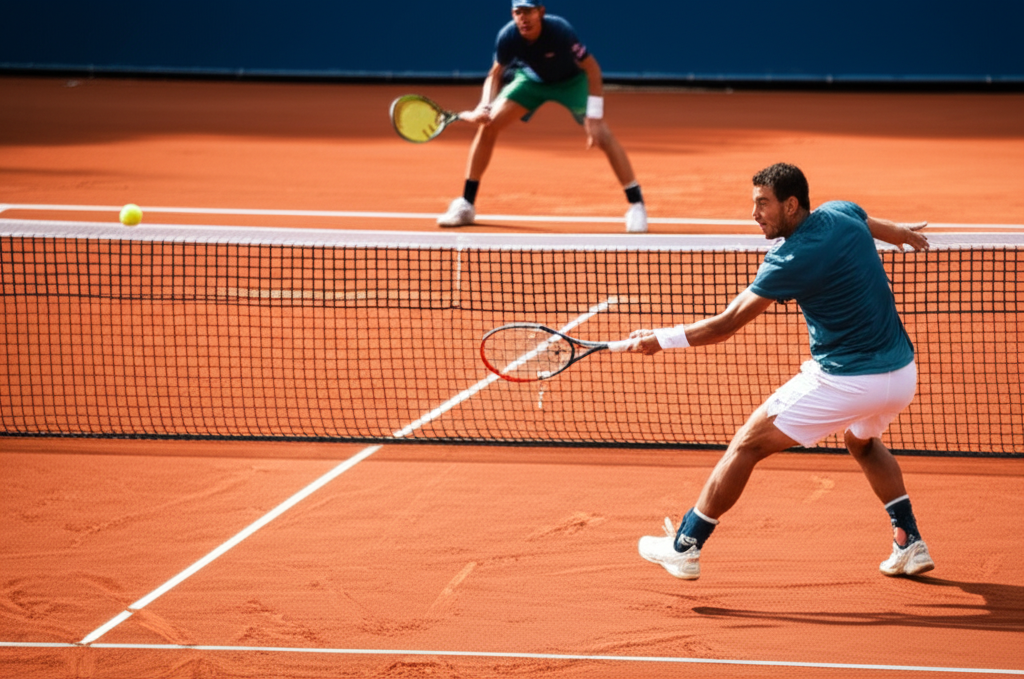
The Lucrative Ladder of Tennis: Understanding Prize Money Distribution
Professional tennis prize money is highly stratified, with the vast majority of earnings concentrated at the pinnacle of the sport. Grand Slams, the ATP Finals, and ATP Masters 1000 events offer significantly larger prize pools compared to lower-tier tournaments, incentivizing top performance and consistency. Winning a Grand Slam singles title can net a player anywhere from approximately $2.2 million to $5 million, depending on the specific tournament and year. For instance, the winner of the 2025 US Open received $5 million, while the French Open champion earned around €2.55 million (approximately $2.75 million USD). The ATP Finals, a year-end championship featuring the top eight players, can award its singles champion over $15 million. This tiered structure ensures that deep runs and titles at major events are critical drivers of a player’s career earnings.
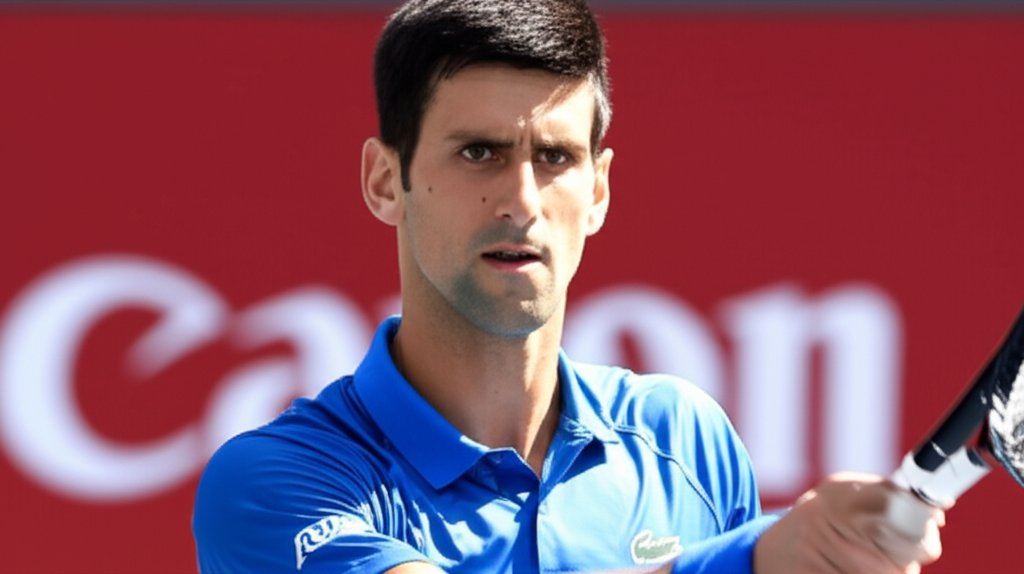
Novak Djokovic’s Unprecedented Financial Dominance
Novak Djokovic stands as the undisputed all-time leader in tennis career prize money. As of recent updates, his on-court earnings are approximately $190 million, with some reports citing $190,194,053. This colossal figure is a testament to his sustained excellence and longevity at the very top of the game. Djokovic has won a record 24 Grand Slam singles titles and consistently reached the latter stages of almost every major tournament he has entered throughout his illustrious career. His ability to remain a leading contender well into his late thirties, securing titles at events like the Geneva Open and consistently performing at Grand Slams, has allowed him to accumulate a sum that far surpasses his peers.
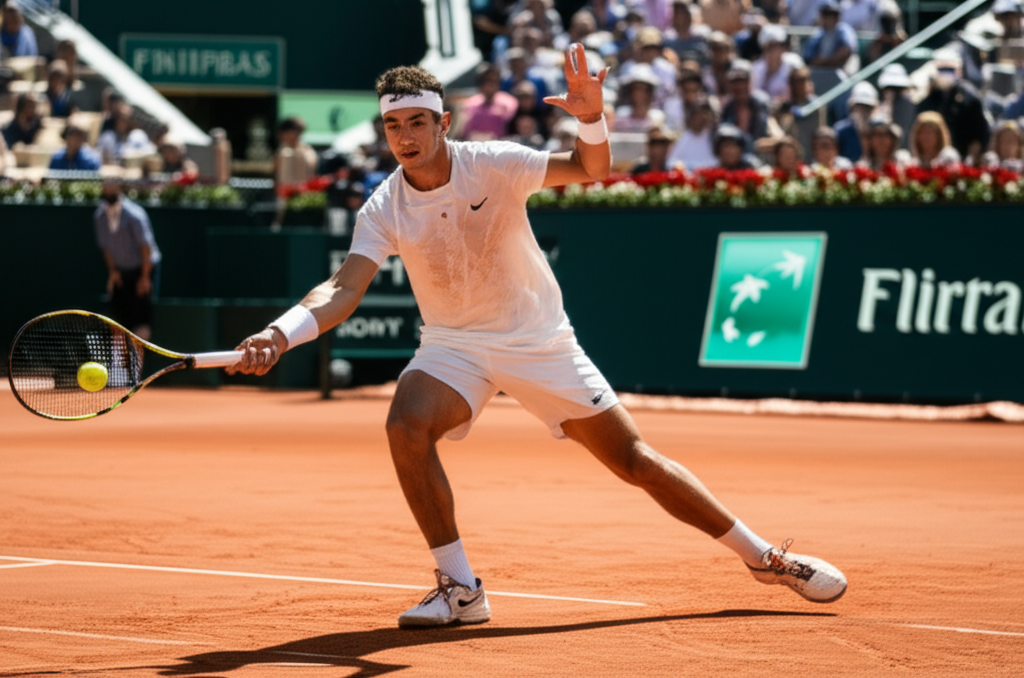
Carlos Alcaraz: A Prodigy’s Rapid Ascent
At just 22 years old, Carlos Alcaraz has already carved out an extraordinary career. Following his victory at the US Open, Alcaraz officially surpassed the $50 million mark in career prize money, reaching approximately $53,486,628. This milestone makes him the first player born in the 2000s to achieve such a feat. His impressive resume at a young age includes six Grand Slam titles, comprising two US Open, two French Open, and two Wimbledon victories, along with 23 career titles overall.
Alcaraz’s rapid accumulation of wealth is a direct result of his dominant performances in the sport’s most lucrative events. He has demonstrated an uncanny ability to win major titles, which come with significant prize cheques. For instance, his US Open triumph alone added $5 million to his earnings. His consistent presence and victories in ATP Masters 1000 events, such as Monte Carlo and Rome, also contribute substantially, with winners often earning over $1 million per event.
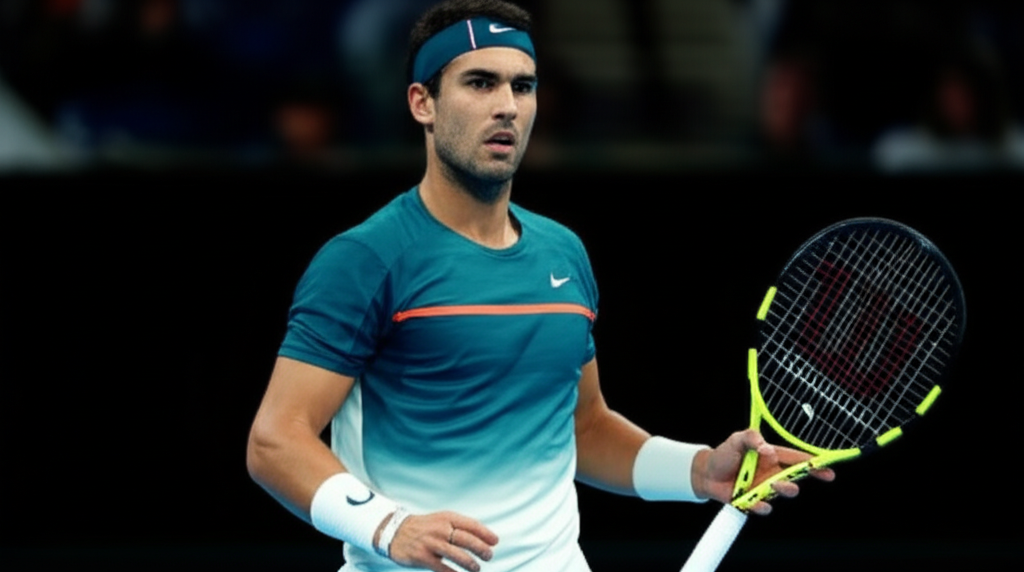
The Path to $300 Million: A Deep Dive into the Prediction
The prediction of Carlos Alcaraz reaching $300 million in career prize money signifies an expectation of unprecedented future success and sustained dominance. To put this into perspective, Alcaraz would need to earn roughly an additional $246.5 million from his current $53.5 million. This would require:
- Continued Grand Slam Dominance: Given that Grand Slam wins can now be worth up to $5 million, Alcaraz would need to secure a significant number of additional major titles. For example, winning another 20-25 Grand Slams (assuming current prize money trends continue or slightly increase) would put him in the ballpark. This would mean surpassing Djokovic’s current record of 24 Grand Slams by a substantial margin.
- Consistent Deep Runs in Major Tournaments: Beyond outright wins, reaching semifinals and finals of Grand Slams, ATP Finals, and Masters 1000 events consistently would add millions annually.
- Rising Prize Money Pools: Prize money in tennis tournaments has been steadily increasing over the years. If this trend continues, future major titles and deep runs will be even more lucrative, potentially accelerating Alcaraz’s climb towards the $300 million mark.
The predicted figure suggests a career trajectory that not only maintains his current elite level but potentially surpasses it in terms of longevity and overall trophy haul, especially in the most financially rewarding tournaments.
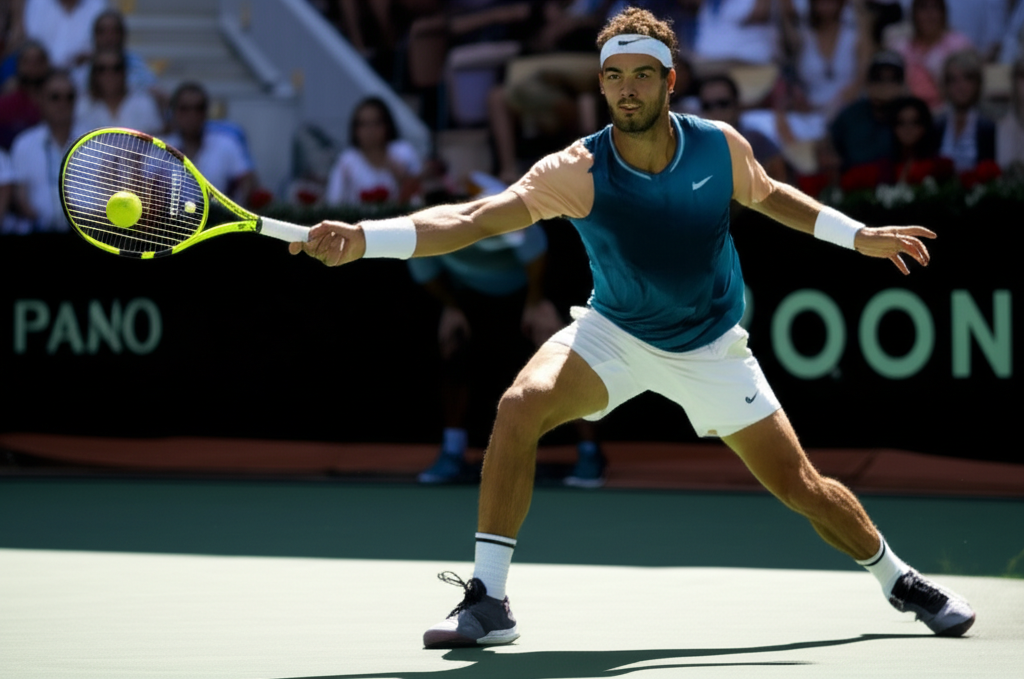
Challenges and Considerations
While Alcaraz’s potential is undeniable, the path to $300 million is fraught with challenges:
- Longevity and Injury: Djokovic’s record is also a testament to his remarkable injury resilience and physical conditioning over two decades. Alcaraz will need to maintain a similar level of fitness and avoid major setbacks to compete at the highest level for an extended period.
- New Rivals: The emergence of other formidable talents, such as Jannik Sinner, ensures stiff competition at the top, making consistent Grand Slam victories incredibly difficult. Alcaraz and Sinner have already established a compelling rivalry, frequently meeting in major finals.
- Sustained Motivation: Maintaining peak performance and motivation for many years is a rare feat, even for the greatest athletes.
- Focus on Prize Money: It’s important to differentiate between prize money and overall earnings. While the $300 million prediction specifically refers to prize money, top players like Alcaraz and Djokovic also earn significantly more through lucrative endorsement deals, which often eclipse their on-court earnings. Alcaraz, for instance, has major endorsements with brands like Nike, Rolex, BMW, and Louis Vuitton.
Carlos Alcaraz’s predicted journey to $300 million in career prize money is a testament to his extraordinary talent and the evolving economics of professional tennis. While a formidable challenge, his current trajectory, coupled with increasing tournament prize pools, makes this once-unthinkable sum a plausible, albeit ambitious, target. To achieve it, Alcaraz will need to combine his explosive talent with the longevity, consistency, and strategic tournament play that have defined Novak Djokovic’s historic career. The tennis world will be watching keenly to see if the young Spaniard can indeed rewrite the financial records of the sport.





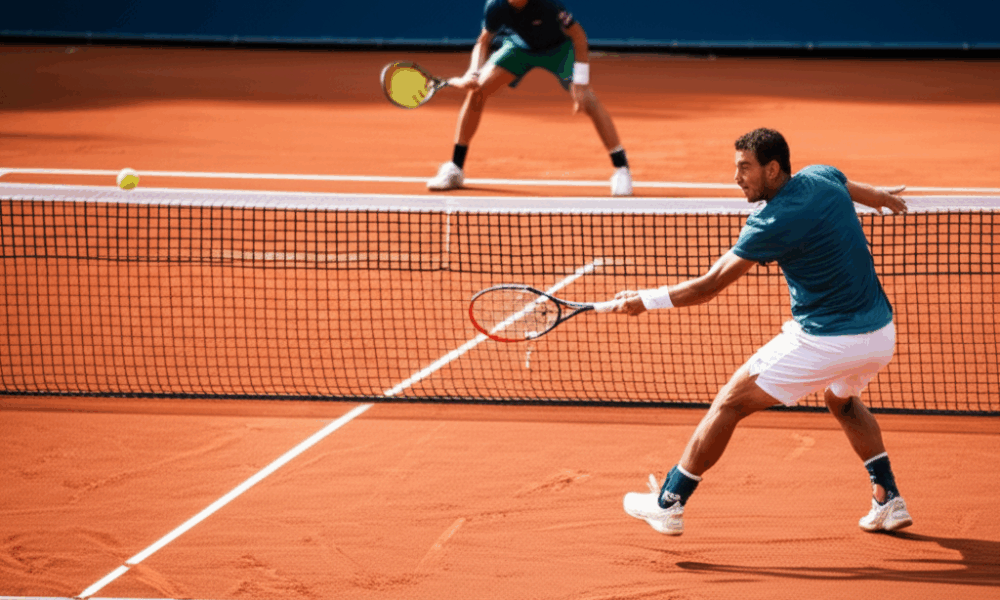


No Comment! Be the first one.